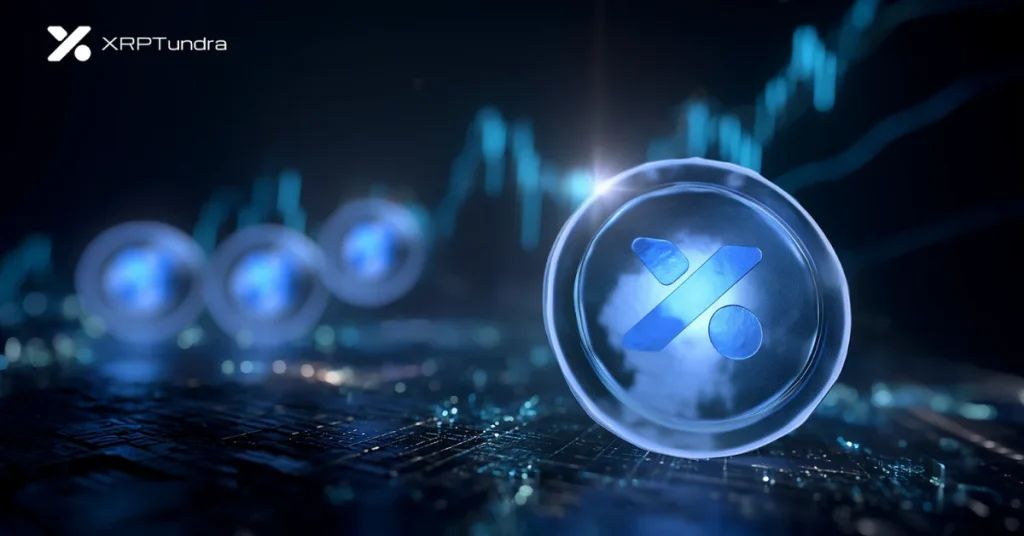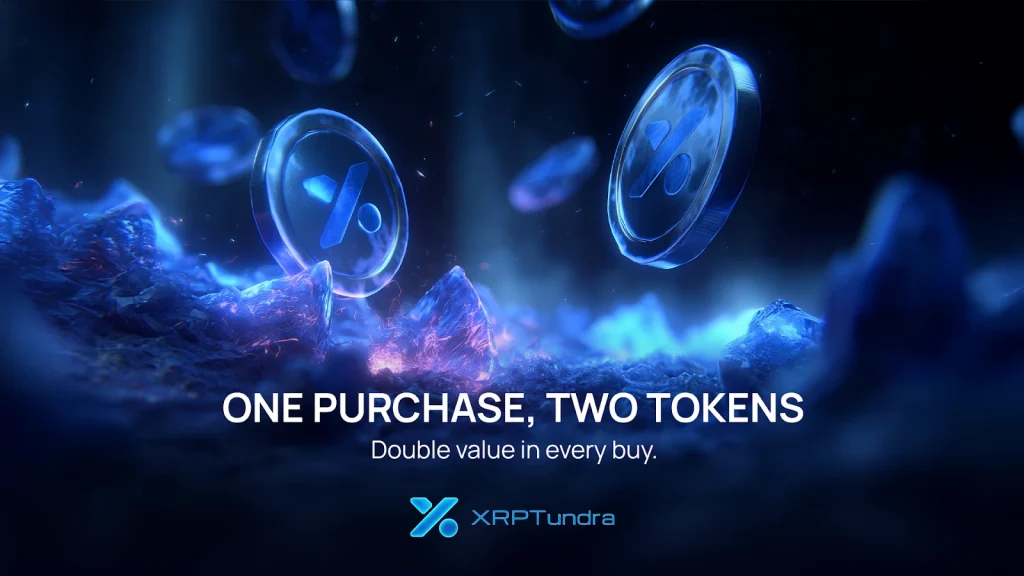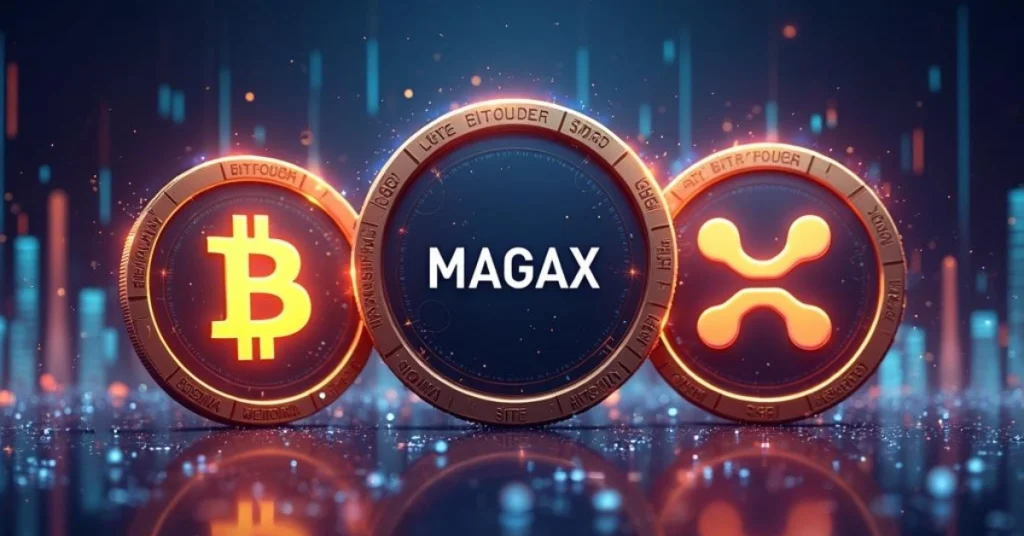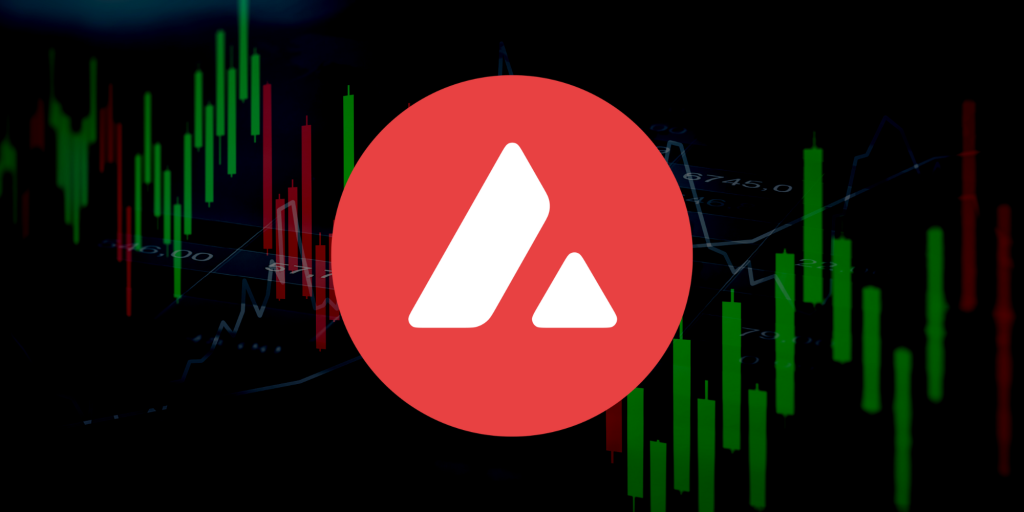The DeFi Whisper Network: Why Aave Protocol Developers Are Betting On XRP Tundra’s Success



The post The DeFi Whisper Network: Why Aave Protocol Developers Are Betting On XRP Tundra’s Success appeared first on Coinpedia Fintech News
In decentralized finance, new projects rarely gain traction through advertising alone. Word travels through code reviews, governance votes, and the informal “whisper network” where developers trade observations about promising designs. When those discussions highlight a presale, the attention often comes before retail investors notice.
That is the case with XRP Tundra. Reports from within the Aave development community indicate interest in how the project has translated proven DeFi mechanics into a dual-token framework tied to the XRP Ledger and Solana. To understand why seasoned builders are paying attention, it helps to compare Tundra’s model with the lessons Aave pioneered.
Aave’s Liquidity Legacy and Lessons Learned
Aave established itself as one of the earliest decentralized lending protocols by anchoring yield generation to transparent liquidity pools. Developers watched it grow from a simple interest-bearing asset system to a broad ecosystem where governance mattered as much as liquidity. At the center stood the AAVE token, used both for staking safety modules and for voting on protocol changes.
The clarity of that structure shaped how DeFi evolved. It demonstrated that sustainable yield requires not only attractive rates but also transparent distribution and credible governance. For many in the Aave community, XRP Tundra’s token design recalls those same principles: reward users for participation, give them influence over the protocol, and maintain predictable economics.
XRP Tundra’s Dual-Token Model Explained
Where Aave built its system around one governance token, XRP Tundra divides functions between two. The Solana-based TUNDRA-S drives utility and yield flows, while the XRP Ledger–based TUNDRA-X anchors governance and reserves. Each presale purchase of TUNDRA-S includes an equal amount of TUNDRA-X at no extra cost, creating balanced exposure to both roles.
In the current Phase 2 of the presale, investors purchase TUNDRA-S at $0.028, receive an 18% token bonus, and get free TUNDRA-X valued at $0.014. The project has earmarked 40% of the TUNDRA-S supply for presale distribution, with subsequent phases adjusting price upward until launch. At listing, TUNDRA-S will start trading at $2.50 and TUNDRA-X at $1.25, numbers that signal substantial upside for early entrants.
This dual-token structure appeals to developers because it separates responsibilities. TUNDRA-S can integrate with Solana’s high-performance DeFi stack, while TUNDRA-X leverages the XRP Ledger’s speed and reliability for governance. Aave’s builders recognize the parallel to their own balancing act between liquidity operations and community oversight.
Staking With Cryo Vaults and Frost Keys
For XRP holders, the most anticipated feature is staking. Cryo Vaults allow participants to lock XRP for 7, 30, 60, or 90 days, with yields scaling up to 30% APY . Returns improve with longer terms, while the tokens remain secured on-ledger rather than lent to third parties.

Multipliers come through Frost Keys, NFTs that can boost yields or shorten lock-up durations. This mix of predictable staking and optional NFT enhancements recalls how Aave experimented with layered incentives to reward deeper engagement. Although staking is not yet live, presale participants secure first access to Cryo Vaults upon activation, a detail that has drawn interest from developers familiar with the importance of early liquidity commitments.
Community channels are already dissecting these mechanics. Independent coverage, such as a walkthrough on Crypto Volt’s channel , has added context for retail investors, but it is the technical details — reward pools, multipliers, and transparent on-ledger tracking — that capture developer attention.
Transparency Through Independent Audits and Verification
In DeFi’s early days, lack of verification often caused setbacks. Aave itself underwent numerous external reviews before gaining institutional trust. XRP Tundra follows that template, bringing third-party checks to the forefront rather than treating them as afterthoughts.
The protocol has completed multiple independent audits, including Cyberscope , Solidproof , and Freshcoins . To further strengthen accountability, the founding team underwent Vital Block’s KYC verification . For Aave developers accustomed to evaluating risks, these measures echo the practices that allowed early DeFi protocols to scale responsibly.
The emphasis on visible documentation and verifiable security appeals to the developer community. It offers confidence that XRP Tundra aims to align long-term incentives with transparent foundations.
Why Aave Developers See Upside Potential
The appeal for Aave developers lies not just in speculative pricing but in architecture. XRP Tundra demonstrates how yield systems can evolve beyond Ethereum-based ecosystems by combining Solana’s throughput with XRPL’s efficiency. Its presale mechanics — bonus allocations, dual-token exposure, and phased pricing — provide a predictable entry framework, while future staking rewards expand XRP’s long-dormant utility.
In Aave’s history, early community builders focused on liquidity depth and protocol safety. With Tundra, developers see another attempt to balance risk and reward while opening a new lane for XRP holders. That alignment explains why the whisper network has turned its attention toward this presale: it represents a familiar design language adapted for a new ecosystem.
Secure your spot in the presale and follow official updates:Website: https://www.xrptundra.com/ Medium: https://medium.com/@xrptundra Telegram: https://t.me/xrptundra X: https://x.com/Xrptundra Contact: Tim Fénix, contact@xrptundra.com

MAGAX Beats BTC, XRP As Top Pick for 2025
The post MAGAX Beats BTC, XRP As Top Pick for 2025 appeared first on Coinpedia Fintech NewsBTC and ...

Avalanche (AVAX) Attempting a Bullish Move—Can it Make it to $50 This Month?
The post Avalanche (AVAX) Attempting a Bullish Move—Can it Make it to $50 This Month? appeared first...

Coinbase CFA Predicts an Upcoming Parabolic Move in Crypto
The post Coinbase CFA Predicts an Upcoming Parabolic Move in Crypto appeared first on Coinpedia Fin...

